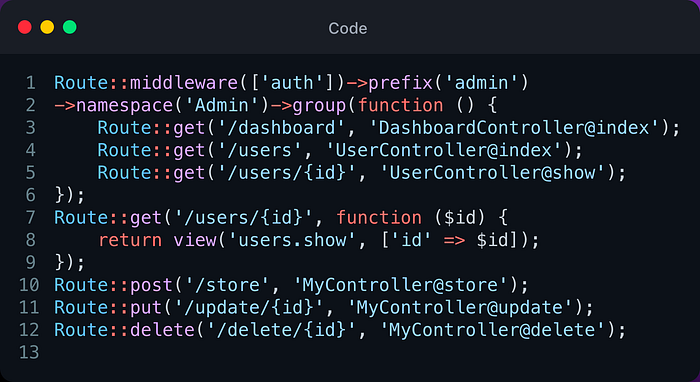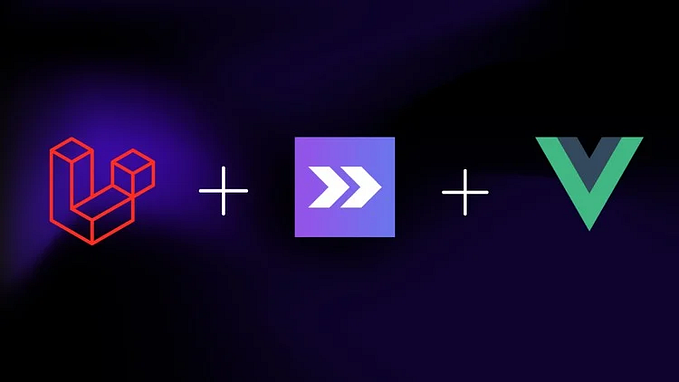Member-only story
Laravel Routing: How can you use it? Code example

Laravel routing is an important part of the Laravel web application framework. It lets developers decide how their application handles URLs. By defining routes, developers can tell what controllers and actions should be run when a user visits a certain URL.
In this blog post, we'll look at how to use Laravel routing to give your web app powerful and flexible routing. We will start by looking at the basics of routing in Laravel and then move on to more advanced concepts such as route parameters and group routing.
The Basics of Routing in Laravel
The most basic way to define a route in Laravel is to use the Route facade. This facade gives you a number of ways to set up routes for your application. Here is an example of how you might define a route for the homepage of your application:
use Illuminate\Support\Facades\Route;
Route::get('/', function () {
return view('welcome');
});In this example, we are using the get method to define a route that will match any GET request to the root URL of our application. The second argument is a closure that will be executed when this route is matched. In this case, we are returning a view called "welcome", which would be located in the resources/views directory of our application.









